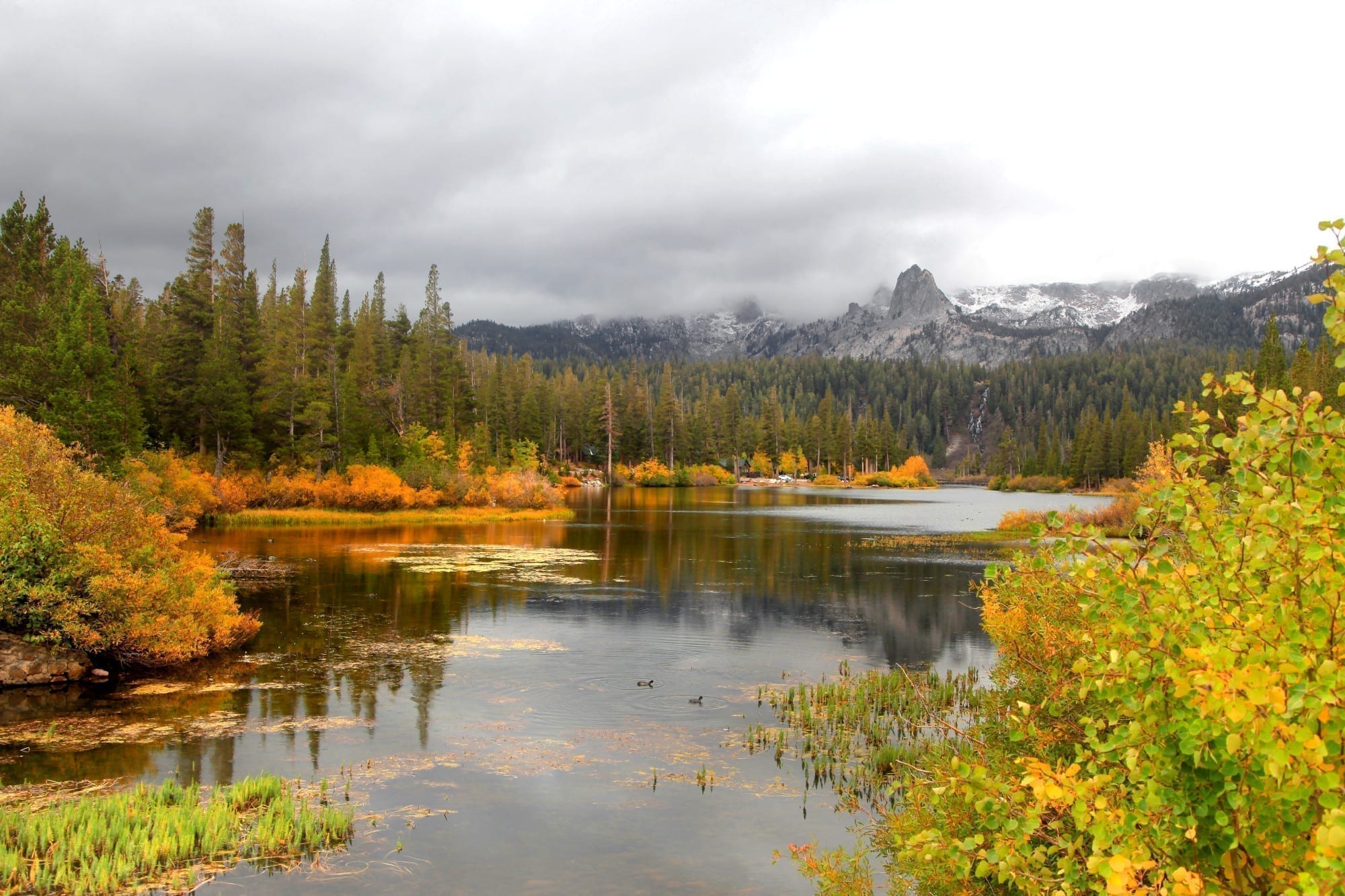

According to an international research team, which used satellite photos and computerized mapping software, there are 117 million lakes in the world.
These millions of lakes cover almost 4% of the world’s land surface, excluding the glaciers in Greenland and Antarctica.
Keep reading if you want to learn some awesome facts about lakes that you might be surprised to read.
The simple definition of a lake is a body of water that is surrounded by land. Lakes can vary in size, shape, depth and can be found in mountains, deserts, plains, or close to coastal areas. For example, the world’s largest lake is the Caspian Sea and covers an area of 143,000 square miles across Europe and Asia.
There are different classifications of the types of lakes in the world. Limnologists state that a lake is classified as such by:
Lakes can also be classified by whether it’s closed or open (fed by a stream or river). Most people classify lakes by the size or depth of it.
Now that you have some background information about lakes, it’s time for some interesting facts about lakes that you can share with your friends. Alternatively, you might want to store these facts away for a future quiz or for your exams!
Lakes often contain freshwater, however, some do contain saltwater. Lake Superior, Lake Erie, Lake Michigan, and Lake Huron all contain freshwater. While Great Salt Lake, Salton Sea, Little Manitou Lake, and Utah Lake all contain saltwater.
The Great Lakes border Canada and the United States. They consist of five lakes, known as Michigan, Huron, Erie, Ontario, and Superior. Although technically, Lake Michigan and Lake Huron are a single lake and are only separated by their names. Combined, these lakes make up the largest freshwater lakes in the world.
Lake Superior is the largest of the five lakes, as the name suggests, it also has the largest surface area of any freshwater lake in the world, with 82,000 kilometers squared. To top up your lake facts knowledge, 21% of the world’s surface freshwater is at the Great Lakes.
Lakes can be formed by various natural processes and also can be man-made. Glaciers have shaped landscapes all around the world and have often left behind bowl-shaped depressions which are then filled with water. Another way a lake is formed is by the movement of tectonic plates or by landslides.
Volcanoes can also form lakes when they leave behind volcanic craters which fill with water. Lakes can also be formed by meandering rivers that change direction and leave behind small Oxbow lakes.
The highest lake in the world can be found on the mountain of Ojos del Salado which is 6,390 meters above sea level. The lake is a crater lake that was formed by the volcano, which is still active. Ojos del Salado is in South America and borders Chile and Argentina.
The lowest lake in the world is known as the Dead Sea. This lake is one of the saltiest lakes in the world and is situated 418 meters below sea level. The Dead Sea can be found between Jordan and Israel.
The deepest lake in the world is found in Siberia, Russia. The lake is a staggering 1,637 meters at the deepest point! It is known as Lake Baikal and is also the world’s largest lake by volume and the second-longest in the world.
The longest lake in the world is 410 miles long and is known as Lake Tanganyika. Lake Tanganyika can be found in Africa and shares a shoreline with four countries (Tanzania, Democratic Republic of Congo, Zambia, and Burundi). It is also the second-largest in volume and the second deepest lake in the world.
In the state of Michigan, you’re always close to a natural water source. In fact, you won’t ever be more than 6 miles away from one. Michigan has almost 65,000 lakes and ponds. When you’re in Michigan, you’re also no more than 85 miles away from one of the Great Lakes.
James Wickham decided to introduce whales to the Great Salt Lake, in Utah, in 1875. He shipped two 35-foot Australian whales by boat to San Francisco and then transported by train to Salt Lake City.
However, once they swam away into the lake, they were never seen again. Experts believe that they wouldn’t have been able to survive in the lake, due to its high salt content.
New lakes can appear anywhere in the world. For example, Table Rock Lake, which only became a lake in 1958. Find out more about the history of Table Rock Lake. A more recent example of a lake that suddenly appeared was in 2014, near Gafsa, Tunisia.
As well as coming, lakes can also disappear. Russia and Alaska are witnessing lakes that are drying up due to rising temperatures that are thawing the frozen ground. Another example of lakes disappearing was in Mongolia when there were droughts and a higher demand for irrigation in the 2000s.
Lakes and nature, in general, are truly wonderful and sometimes mysterious things. There’s so much to learn about the lakes near you and also around the world, so be sure to share with fascinating facts about lakes with your friends and family.
If you enjoyed reading this article, then make sure you check out some of our other interesting fact articles all about planets, nature, people, and technology.
In the past few years, the movement toward more environmentally friendly ways of life has…
As a real estate agent, your ability to successfully navigate complex transactions, offer expert advice,…
Hidden high in the eastern Himalayas, far from the noise of global headlines and the…
Discover popular methods for online work and earn money, from freelancing to e-commerce. Learn essential…
Discover practical quick easy ways to make money online and offline. Explore freelance gigs, selling…
When it comes to getting a good night’s sleep, it can often be tricky to…